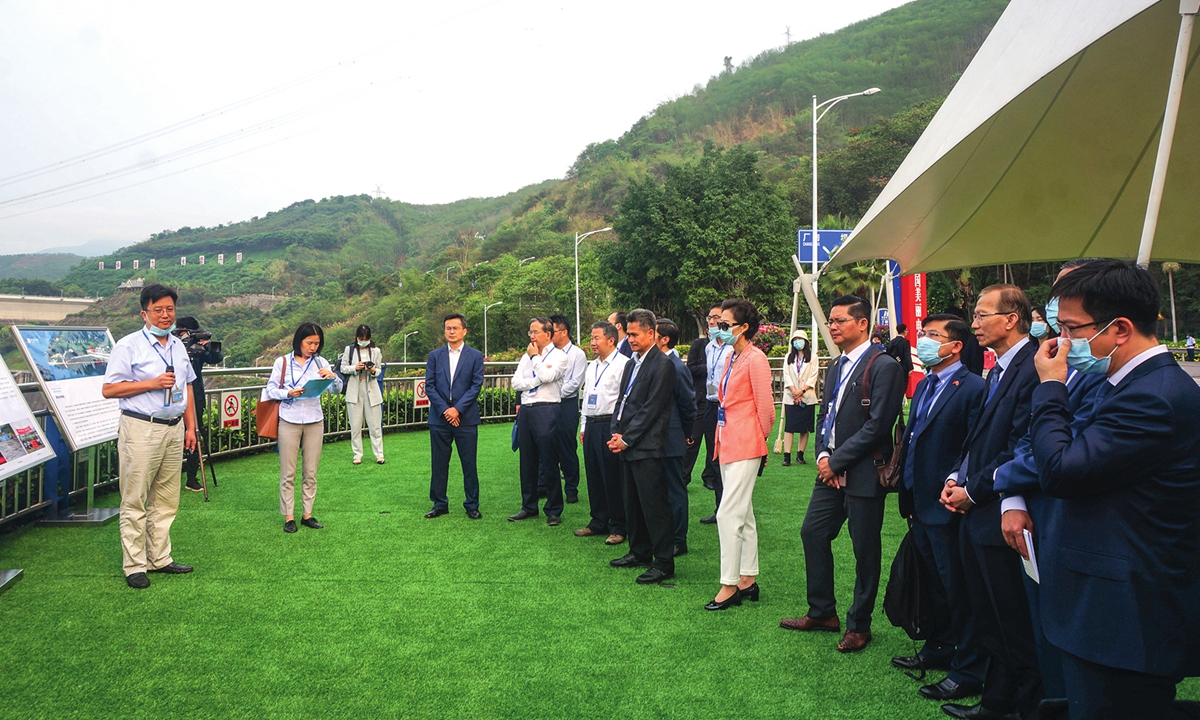Premier Li Keqiang to attend 7th GMS Leaders' Summit to advance regional partnership

Mekong countries envoys visit Jinghong Hydropower Station in Southwest China's Yunnan Province on April 28 and learn about its techniques in regulating water during droughts and floods. Photo: Hu Yuwei/GT
Chinese Premier Li Keqiang will attend the seventh Greater Mekong Sub-region (GMS) Leaders' Summit, which will be held on September 9 via video conference, said China's Foreign Ministry on Tuesday.
Wang Wenbin, the ministry's spokesperson, said China hopes regional countries could take the opportunity to forge new possibilities for cooperation in the GSM region.
Wang said that the leaders' summit will center on the theme of strengthening partnership and coping with new challenges. It will be of great significance for the region's economies to jointly combat the coronavirus while stimulate their economic development, as currently, the pandemic is still ravaging the world, seriously impacted people's health and livelihood as well as economicand social development across the region.
According to Wang, China has actively participated in the GMS economic cooperation, and has played a positive role in pushing multiparty cooperation. He expressed the hope that the upcoming summit could be treated as an opportunity to advance GMS cooperation, and make joint arrangements to combat the pandemic and plan for economic recovery.
The GMS leaders' summit, generally held every 3 years, is considered the highest forum in the GMS program which is an opportunity to examine how global trends are affecting the sub-region and what strategies should be made to tackle future challenges. The first summit was held in 2002 in Cambodia.
Wang noted that since the GMS system was established 29 years ago, it has led to cooperation in areas including infrastructure construction and regional economic integration, and has made important contributions to the region's sustainable development.
The GMS program came into being with the launch of a development program in 1992 by the Asian Development Bank that brought together the six Asian countries of Cambodia, Laos, Myanmar, Thailand, Vietnam and China.
The progress of the GMS program also coincided with closer trade ties between China and many Southeast Asian countries. According to customs data, China's trade with the Association of Southeast Asian Nations (ASEAN) rose 33.3 percent to $553.9 billion in the first eight months this year, making ASEAN China's largest trading partner.
Global Times
